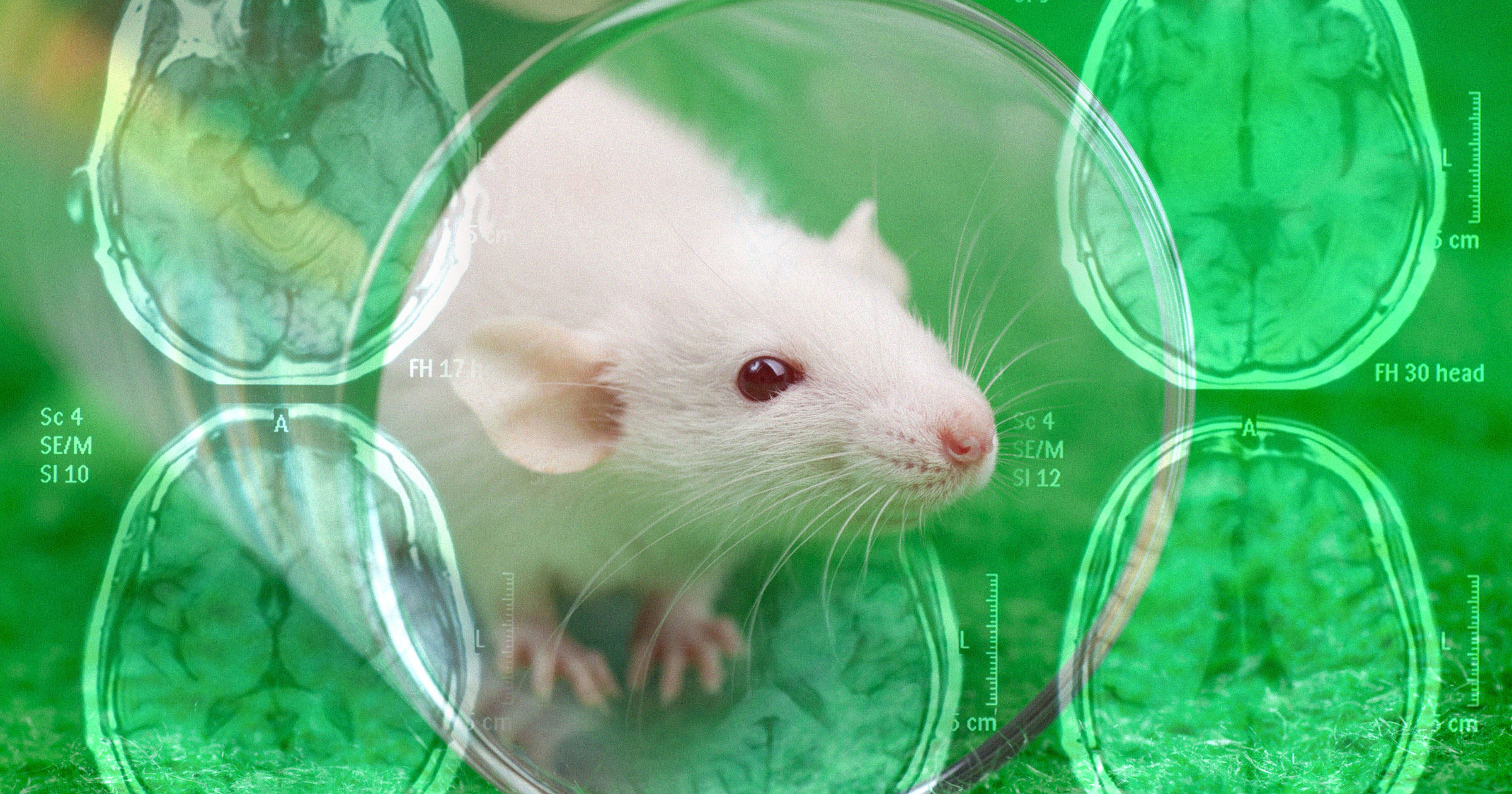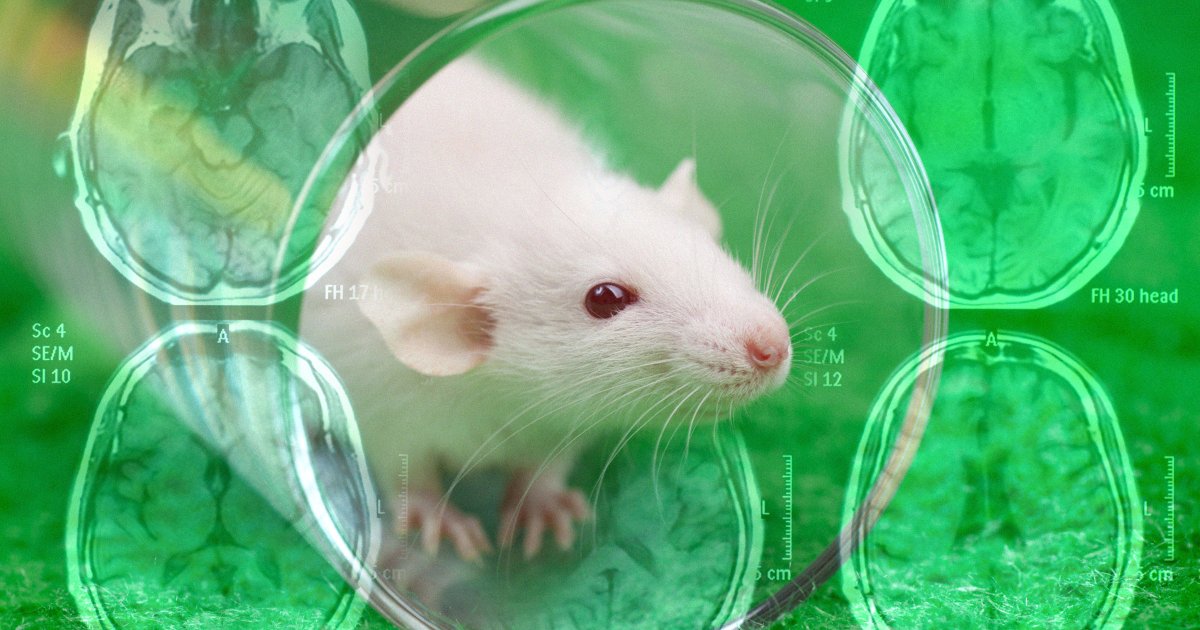
Scientists have developed a nanoparticle-based treatment that successfully reversed Alzheimer’s disease in mice.
As detailed in a new paper published in the journal Signal Transduction and Targeted Therapy, the team co-led by the Institute for Bioengineering of Catalonia, Spain (IBEC), and West China Hospital, Sichuan University, developed bioactive “supramolecular drugs” that can proactively repair the blood-brain barrier.
The barrier plays an important role in the health of the brain, defending it from harmful substances and other pathogens. Alzheimer’s has been linked to a weakening of the barrier’s integrity, allowing for impairing toxins to make it through.
More specifically, the disease causes a “waste” protein, called amyloid-beta, to accumulate in the brain by interrupting its natural clearance system. The team’s approach allows these protein molecules to pass through the blood-brain barrier and be eliminated through the bloodstream.
In a series of experiments, the team used gene-hacked mice that produce large amounts of the protein and therefore show Alzheimer’s-like declines in cognitive function.
Administered doses of the supramolecular drugs caused levels of the protein to decline almost immediately in the mice’s brains.
“Only one hour after the injection, we observed a reduction of 50-60 percent in amyloid-beta amount inside the brain,” said coauthor and West China Hospital of Sichuan University researcher in a statement.
It’s a promising new approach to treating a disease that affects over seven million Americans age 65 and older. Barring any breakthroughs, that number could grow to almost 14 million by 2060, according to a 2024 study.
“Many treatments have been designed to clear amyloid beta, the sticky protein that builds up in Alzheimer’s brains,” principal investigator and IBEC research professor Giuseppe Battaglia told United Press International. “Some of these can remove the plaques, but that alone hasn’t stopped memory loss or slowed the disease enough.”
“Our work suggests a different approach: instead of focusing solely on removing what’s already gone wrong inside the brain, we aim to repair the system that keeps the brain healthy in the first place — its blood vessels and protective barrier,” he added.
Particularly exciting: the researchers found that the cognitive improvements in the mice were substantial. A mouse that they said was roughly the equivalent of a 90-year-old human, had “recovered the behavior of a healthy mouse” after receiving the treatment six months prior.
“The long-term effect comes from restoring the brain’s vasculature,” Battaglia explained in the statement. “We think it works like a cascade: when toxic species such as amyloid-beta accumulate, disease progresses. But once the vasculature is able to function again, it starts clearing Aβ and other harmful molecules, allowing the whole system to recover its balance.”
“What’s remarkable is that our nanoparticles act as a drug and seem to activate a feedback mechanism that brings this clearance pathway back to normal levels,” he added.
The supramolecular drugs reset the brain’s ability to pass amyloid-beta through the blood-brain barrier by mimicking the natural processes that are interrupted by Alzheimer’s.
By renewing these waste-clearing pathways, the drugs allow levels of the harmful protein to drop — while simultaneously maintaining the brain’s vascular system for improved brain function.
“Restoring this barrier improves blood flow, reduces inflammation, and helps the brain recover its balance,” Battaglia told UPI. “This approach could slow Alzheimer’s progression more effectively by treating one of its earliest and most overlooked causes, the breakdown of the brain’s own defense system.”
However, plenty more research still has to be done before we can trial similar approaches in humans suffering from Alzheimer’s.
“There are many ongoing efforts in animal models to find innovative methods of crossing the BBB to improve efficiency and precision for drug delivery,” Alzheimer’s Association director of scientific engagement Courtney Kloske told UPI, “but we are still a long way from these technologies being proven safe and effective in humans.”
More on Alzheimer’s: Lab Mice Exposed to Microplastics Show Signs of Dementia


